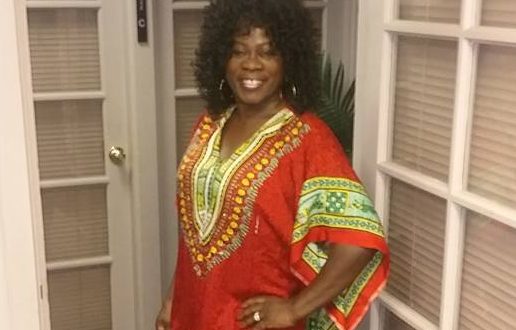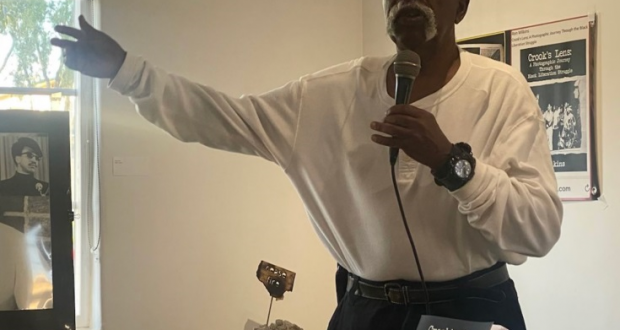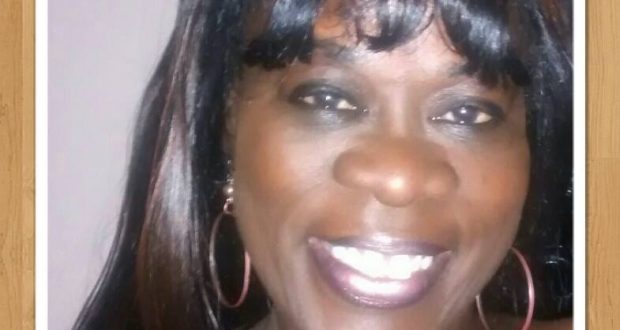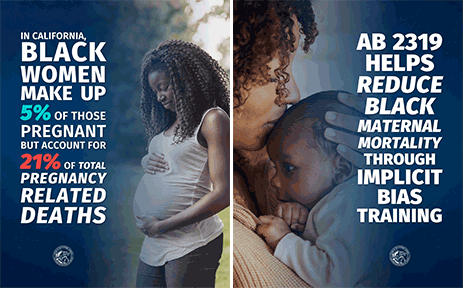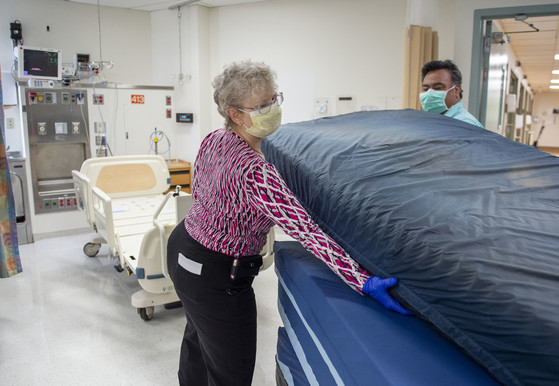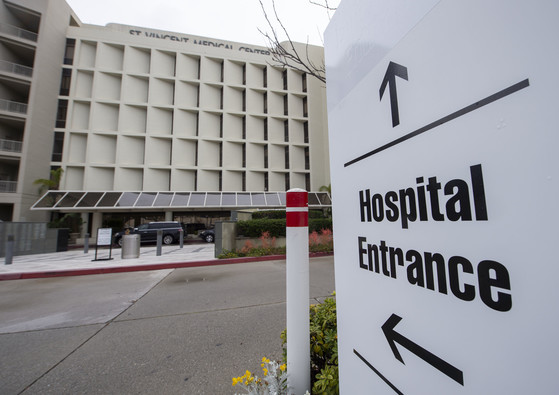Water 101: Guidance from the CDC, USDA, Mayo Clinic, Academy of Nutrition and Dietetics and other top-tier experts and physicians on proper hydration, dehydration avoidance
Water. We all need it—and know we need it—for optimum health and wellness, but a shocking few live daily lives in a properly hydrated state and certainly not with appropriate consistency. One doctor-driven report revealed that fully 75 percent, a staggering three-fourths majority, of Americans may suffer from chronic dehydration. It went on to underscore that, “Over time, failure to drink enough water can contribute to a wide array of medical complications, from fatigue, joint pain and weight gain to headaches, ulcers, high blood pressure and kidney disease.” Apparently, this is the tip of the proverbial dehydration-induced illness iceberg.
“During a normal day, we lose about two liters of water just through breathing, sweat and other bodily functions,” notes board certified internist Dr. Blanca Lizaola-Mayo. “Even while asleep, we can lose over one kilogram (2.2 pounds) of water-weight not just through sweating, but respiration as well. Even air conditioning has drying effects on our body. The health implications of dehydration are vast and can range from mild to severe, including problems with the heart, blood pressure and breathing, headaches and cognitive issues like concentration … just to name a few. Those who’ve felt that ‘afternoon slump’ should know that dehydration is the number one cause of daytime fatigue. And, it’s important to understand that when we first start to sense thirst, we are already close to two percent dehydrated.”
For all of its importance, proper hydration is a delicate balance to uphold. An Institute of Medicine report cited the fragility of keeping the body duly hydrated, noting, “Over the course of a few hours, body water deficits can occur due to reduced intake or increased water losses from physical activity and environmental (e.g., heat) exposure.” So, a perfectly hydrated body can tip the scales into a dehydrated state in a fairly short amount of time, whether actively (as with exercising), or passively (as with breathing).
Understanding there are commonplace facets of our collective lifestyles that put us at a higher risk of developing mild to severe dehydration, here are some insights and tips from preeminent health experts help you stay happily hydrated:
How Much Water Do You Need?
According to the Academy of Nutrition and Dietetics, “Many factors impact how much water you need, including your age, gender, activity level and overall health. For women, the amount of total water is about 11.5 cups per day and for men about 15.5 cups. These estimates, however, include fluids consumed from both foods and beverages, including water. You typically get about 20 percent of the water you need from the food you eat. Taking that into account, women need about nine cups of fluid per day and men about 12.5 cups in order to help replenish the amount of water that is lost.”
What Are Common Causes of Dehydration?
According to the Mayo Clinic, “Sometimes dehydration occurs for simple reasons: You don’t drink enough because you’re sick or busy, or because you lack access to safe drinking water when you’re traveling, hiking or camping.” While certainly not all-inclusive, known causes for dehydration can encompass sweating from exercise and playing a sport; air travel; traversing in overly hot, humid, cold or windy weather conditions; drinking too much coffee and other diuretic beverages; recovering from a hangover; and a litany of other relatively commonplace daily activities.
Do All Fluids Hydrate the Body?
No. The Cleveland Clinic is very clear with its advisory that “Some beverages are better than others at preventing dehydration,” and that “alcoholic and caffeinated beverages, such as coffee, teas and colas, are not recommended for optimal hydration. These fluids tend to pull water from the body and promote dehydration. Fruit juice and fruit drinks may have too many carbohydrates, too little sodium, and may upset the stomach. Adequate hydration will keep your summer activities safer and much more enjoyable.”
What Are Some Benefits of Proper Hydration?
While the benefits of a properly hydrated body are copious, the CDC points to a few top-line health advantages, including keeping your temperature normal; lubricating and cushioning joints, protecting your spinal cord and other sensitive tissues; and getting rid of wastes through urination, perspiration and bowel movements. Healthline also offers a number of evidence-based health benefits of drinking plenty of water, which include maximizing physical performance; optimized energy levels and mood; and aiding digestion and elimination. Be mindful of water intake, however, as Dr. Lizaola-Mayo warns, “Drinking too much water or fluid can lead to hyponatremia, which causes sodium in the cells to become diluted and too low and can be dangerous—and even life threatening—if untreated.”
What Are Signs of Early or Mild Dehydration?
The Rehydration Project non-profit organization says that “the degree of dehydration is graded according to signs and symptoms that reflect the amount of fluid lost. In the early stages of dehydration, there are no signs or symptoms. Early features are difficult to detect, but include dryness of mouth and thirst. As dehydration increases, signs and symptoms develop.” According to the organization, symptoms of early or mild dehydration include the following: flushed face; extreme thirst; consuming more than normal or the inability to drink; dry, warm skin; the inability to pass urine or reduced amounts (dark, yellow); dizziness made worse when standing; weakness; cramping in the arms and legs; crying with few or no tears; sleepiness or irritableness; sickness; headaches; dry mouth or dry tongue with thick saliva.
What Are Signs of Moderate to Severe Dehydration?
The Rehydration Project also denotes that symptoms of moderate to severe dehydration include low blood pressure; fainting; severe muscle contractions in the arms, legs, stomach, and back; convulsions; a bloated stomach; heart failure; sunken fontanelle—soft spot on a infants head; sunken dry eyes with few or no tears; skin loses its firmness and looks wrinkled; lack of elasticity of the skin (when a bit of skin lifted up stays folded and takes a long time to go back to its normal position); rapid and deep breathing (faster than normal); and a fast, weak pulse. They say that, “In severe dehydration, these effects become more pronounced and the patient may develop evidence of hypovolemic shock, including diminished consciousness; lack of urine output; cool moist extremities; a rapid and feeble pulse (the radial pulse may be undetectable); low or undetectable blood pressure; and peripheral cyanosis. Death follows soon if rehydration is not started quickly.”
Who is At Greatest Risk of Dehydration?
No one is immune to a dehydrated condition, but certain populations are at greater risk. The Mayo Clinic indicates that these vulnerable groups include infants and children, older adults, those with chronic illnesses and people who work or exercise outside. Serious complications can ensue, which they point out can include heat injury (ranging in severity from mild cramps to heat exhaustion or potentially life-threatening heatstroke); urinary tract infections, kidney stones and even kidney failure; seizures due to electrolyte imbalance, sometimes with a loss of consciousness; and low blood volume (hypovolemic) shock. They say it’s time to call your doctor if you or a loved one “has had diarrhea for 24 hours or more; is irritable or disoriented and much sleepier or less active than usual; can’t keep down fluids; and/or has bloody or black stool.”
How Can You Be a Water-Wise Shopper?
The USDA recommends consumers shop smartly, advising us to “Use the Nutrition Facts label to choose beverages at the grocery store. The food label and ingredients list contain information about added sugars, saturated fat, sodium and calories to help you make better choices.” There are also highly efficacious and economical dehydration avoidance and treatment innovations that can be integrated into one’s lifestyle and used on a daily basis. The experts at SOS Hydration explain that their medically-formulated drink-mix powder accelerates hydration equivalent to an I.V. drip, rehydrating the body fully three-times faster than by drinking water alone. This unique product’s heightened hydration process leverages the body’s digestive “sodium/glucose co-transport system”—an Oral Rehydration Therapy (ORT) endorsed by the World Health Organization (WHO) and UNICEF.
Can Foods Help You Stay Hydrated?
Yes, the body intakes hydration not only from water and other liquids, but foodstuffs as well—some boasting as much 90 percent water content. According to the Academy of Nutrition and Dietetics, those in the 90-100 percent water content range include fruits like cantaloupe, strawberries and watermelon; as well as vegetables like lettuce, cabbage, celery, spinach and cooked squash. The organization further states that options with a 70 to 89 percent water content include fruits like bananas, grapes, oranges, pears and pineapples; vegetables such as carrots, cooked broccoli and avocados; and dairy products like yogurt, cottage cheese and ricotta cheese. For drinks, the good folks at EatRight.org advise we focus on unsweetened beverages, like water, in order to limit calories from added sugars, and to use strategies to increase water intake—like adding a flavor enhancer. For this, a fruit-flavored rehydration accelerant like the SOS Hydration drink mix can do tasty double duty.
Can Sports Drinks Actually Undermine Hydration?
Yes. Why pay extra money for excess sugar when what you really need are electrolytes? Dr. Lizaola-Mayo says that, “in truth, only a very small amount of sugar is required to help transport electrolytes and water into the cells as part of the sodium glucose co-transport system. In fact, this system is most effective when it utilizes one molecule of sugar and one molecule of sodium in combination, which helps create the fastest and most effective way to transport water into the cells for hydration. Even water rehydration and other drinks that do actually claim to utilize the sodium glucose co-transport system have been shown to contain excess sugar to enhance taste, apparently discounting the fact that that this added sugar commensurately increases calorie count and actually undermines cellular H2O absorption. If there is excess sugar in a drink, even one engineered as a rehydration solution, then you can trigger reverse osmosis. This process occurs when there is an incorrect balance of sugar to sodium. Sodium always follows sugar and water always follows sodium. In a drink that is correctly balanced (utilizing the sodium glucose co-transport system) then the water and electrolytes optimally flow into the cells. In high sugar “rehydration” drinks there is too much sugar for the quantity of sodium and, as such, sodium and then water is actually leeched from the cells and passed out of the body as urine. This can actually cause dehydration—the opposite effect for a rehydration or sports beverage one has spent their hard-earned dollars to purchase.”
So whether indoors or out, active or at rest, suffering illness or perfectly healthy, one thing is clear: Keeping your water sources well at hand and ingesting with regularity (and consistency) can have a profoundly beneficial effect on your health and well-being. It’s one easy and highly accessible assist for a multitude of maladies.
~~~
Sources:
https://www.medicaldaily.com/75-americans-may-suffer-chronic-dehydration-according-doctors-247393
https://www.nap.edu/read/10925/chapter/6
https://www.eatright.org/food/nutrition/healthy-eating/how-much-water-do-you-need
https://www.healthline.com/nutrition/7-health-benefits-of-water
https://rehydrate.org/dehydration/index.html#symptoms
https://www.mayoclinic.org/diseases-conditions/dehydration/symptoms-causes/syc-20354086
https://my.clevelandclinic.org/health/treatments/9013-dehydration
https://www.cdc.gov/healthywater/drinking/nutrition/index.html
https://www.choosemyplate.gov/ten-tips-make-better-beverage-choices
https://www.mashed.com/135553/the-untold-truth-of-gatorade/
https://www.sciencedirect.com/science/article/pii/B9780323462150000203
 Westside Story Newspaper – Online The News of The Empire – Sharing the Quest for Excellence
Westside Story Newspaper – Online The News of The Empire – Sharing the Quest for Excellence
